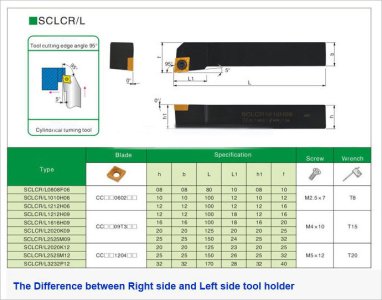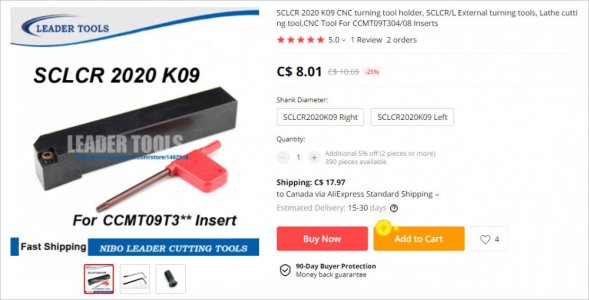SimonM
Active Member
I’m getting started with my new to me advance 13x40 lathe and It's becoming obvious that I don’t have the patience to live without a quick change tool post.
Bxa vs Cxa
Is it worth buying the bigger Cxa? My lathe came with boxes of new brazed carbide tooling, some of them would fit better in the Cxa or I could just grind them down.
Piston vs wedge type
Piston type are cheaper, is it worth the money?
Thanks,
Simon
Bxa vs Cxa
Is it worth buying the bigger Cxa? My lathe came with boxes of new brazed carbide tooling, some of them would fit better in the Cxa or I could just grind them down.
Piston vs wedge type
Piston type are cheaper, is it worth the money?
Thanks,
Simon


